On June 25, 1950 the China and USSR-backed North Korean forces invaded South Korea, sparking a major conflict, the effects of which were felt around the world. The United Nations – including Britain and many Commonwealth countries – rallied to support the Seoul government, sending men and equipment in an effort to turn the ‘red tide’. The war raged for three years and at least two-and-a-half million people lost their lives – the true figure, which will never be known, is certainly much higher.
Around 2,000 British troops from the 1st Battalion, the Middlesex Regiment, and the 1st Battalion, the Argyll and Sutherland Highlanders, sailed from Hong Kong for the 1,200- mile voyage across the South China Sea to the war on the Korean peninsula on August 25, 1950. It would take the aircraft carrier HMS Unicorn and the cruiser HMS Ceylon four days to reach the South Korean port city of Pusan.
The 1st Battalion Argyll and Sutherland Highlanders (1/Argylls), commanded by Lieutenant-Colonel Leslie Neilson, and the 1st Battalion Middlesex Regiment (1/ Middlesex), led by Lieutenant-Colonel Andrew Man, had formed the re-activated 27th Infantry Brigade in 1948 under the leadership of Brigadier Basil Coad DSO and Bar. The unit was soon to be retitled the 27th British Commonwealth Brigade (British 27th), due to the addition of Canadian, Australian, New Zealand and Indian units. On arrival in South Korea it was immediately moved to the front at Taegu where, on September 2, it was placed under command of the US 1st Cavalry Division.
Lieutenant General Walton Walker’s threadbare US Eighth Army had been shoved inexorably back by Kim Il-sung’s Korean People’s Army (KPA) to a fragile toehold on the extreme south-east tip of the Korean peninsula. Walker had directed a planned withdrawal to the east of the Naktong River to take a defensive stand on what became known as the Pusan Perimeter. By mid-September, 140,000 American and Republic of Korea Army (ROKA) troops held the line: five ROKA divisions in the northern 160-mile front from Taegu to P’ohang on the east coast and, dug in along the western perimeter, the American 1st Cavalry and 2nd, 24th and 25th infantry divisions, and the US 1st Provisional Marine and British 27th brigades.
Following the high-risk but very successful amphibious landing at Inchon on the Korean west coast on September 15, 1950, the supreme commander of United Nations forces in Korea, General Douglas MacArthur, regarded Walker’s breakout from the Pusan enclave as integral to his master plan. Walker’s objective would be to link up with the US X Corps, which was firmly established on the Inchon beachhead, 180 air miles to the north of the now besieging North Korean army.
By September 20, US forces had taken and secured all designated objectives east of the Naktong, including Hill 303 to the north of Waegwan. The US 24th Division, comprising the 19th, 21st and 34th regiments, and also the British 27th, crossed the Naktong onto high ground, from where they awaited the signal to commence a westward attack on the Taegu- Kumchon Taejon-Seoul highway.
On October 9, Gen Walker ordered his Eighth Army to “strike out for Pyongyang without delay”. From the vicinity of Kaesong, at 9am, the US 1st Cavalry Division, commanded by Major General Hobart Gay, spearheaded US I Corps across the 38th Parallel – the border between North and South Korea – pushing north in the centre for Kumchon. The British 27th then crossed the border, passing through the US 1st Cavalry Division in the centre to push the advance onto Sariwon. After beating the US 24th Infantry Division to the city on October 18, the brigade left Sariwon to recommence the march on Pyongyang, striking out of the division’s left flank. Meanwhile 3/RAR, much to its displeasure, was ordered west. The Australians were to approach the North Korean capital along the coast.
On October 19 Chinese forces began to cross the Yalu, and from the 25th were directly involved in the conflict. In the first few days of November, the defeat of ROKA II Corps at the hands of the Chinese People’s Volunteer Army 38th Corps, north of Tokchon, had exposed the US I Corps’ right flank, forcing Brigadier Coad to fall back south of the Chongchon River. Replaced in reserve by the US 21st Regimental Combat Team, Coad had 3/RAR advance to re-establish the river beachhead. The 1/Argylls moved next, followed by two companies of 1/ Middlesex, reoccupying hill features south of Tangdong and Pakchon. A period of tank-supported patrolling of the Pakchon area commenced to ensure the line of communication south, toward the Chongchon, was kept clear. Logistics had become a major problem.
The situation deteriorated considerably in the first week of December, forcing the British 27th to withdraw across the Taedong and Pyongyang. It met up with the recently arrived British 29th (Independent) Brigade. Continuing to retire south, on December 8 the 27th went into US IX Corps’ reserve at Sibyon-ni. Three days later, the brigade crossed back south of the 38th Parallel, arriving at Uijongbu where they remained in US IX Corps reserve. The 1/Argylls were tasked with protecting corps HQ but by this point the Chinese had broken off contact with the retreating UN forces in this sector.
Following a relatively peaceful period patrolling and trying to stay warm, the British 27th was ordered to establish a position at the Han River on the southern reaches of the South Korean capital, Seoul. They would then cover the withdrawal of the US IX Corps.

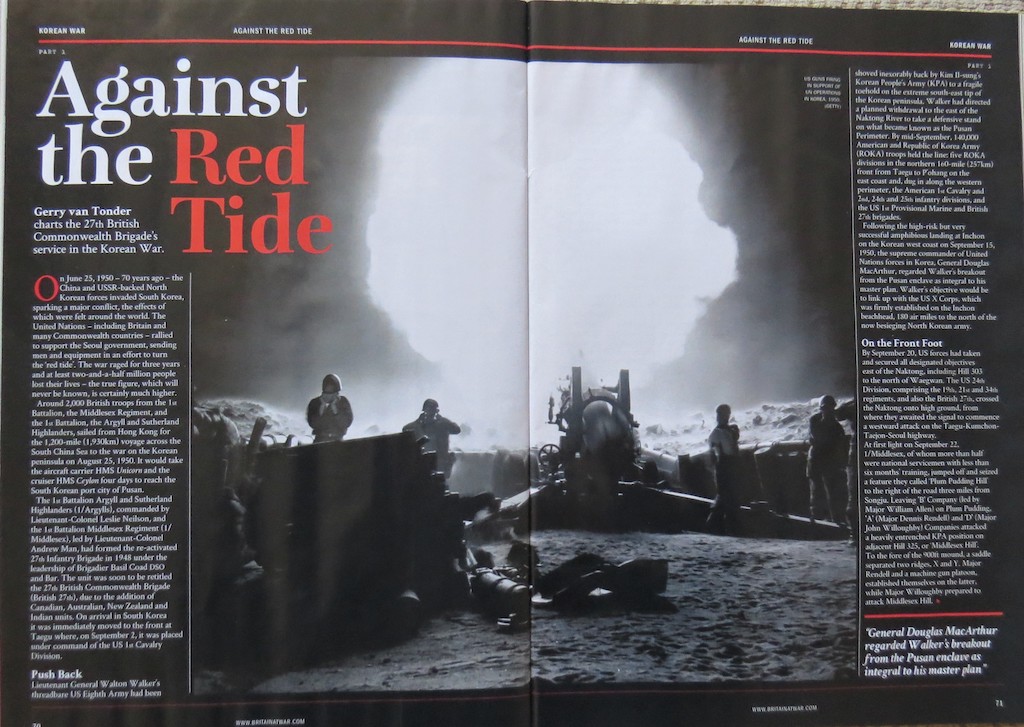
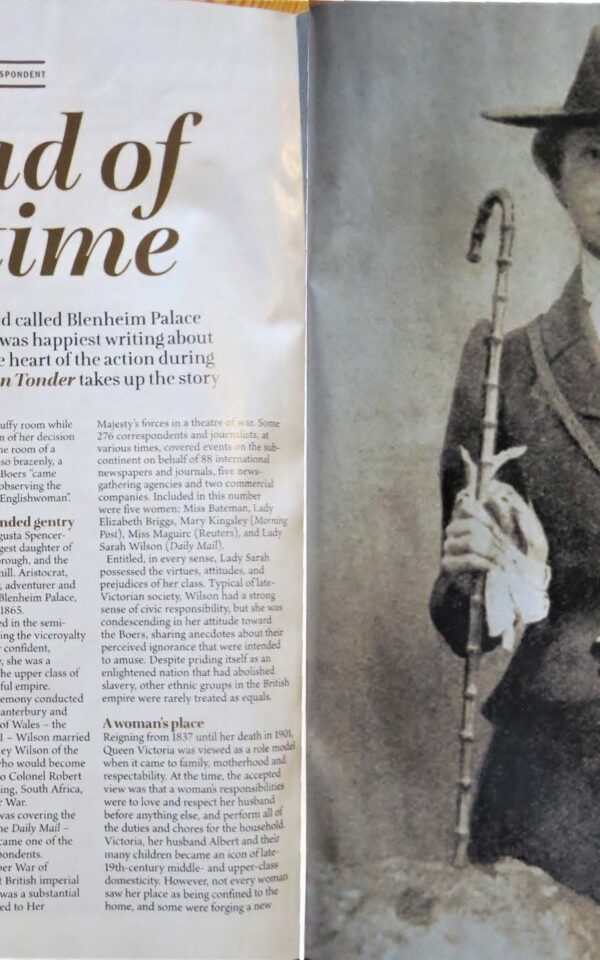
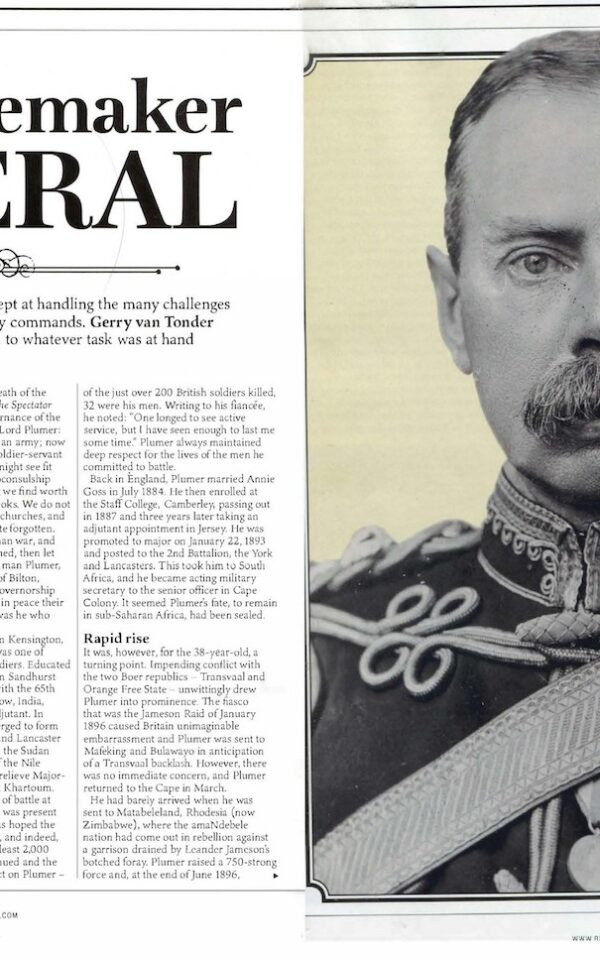
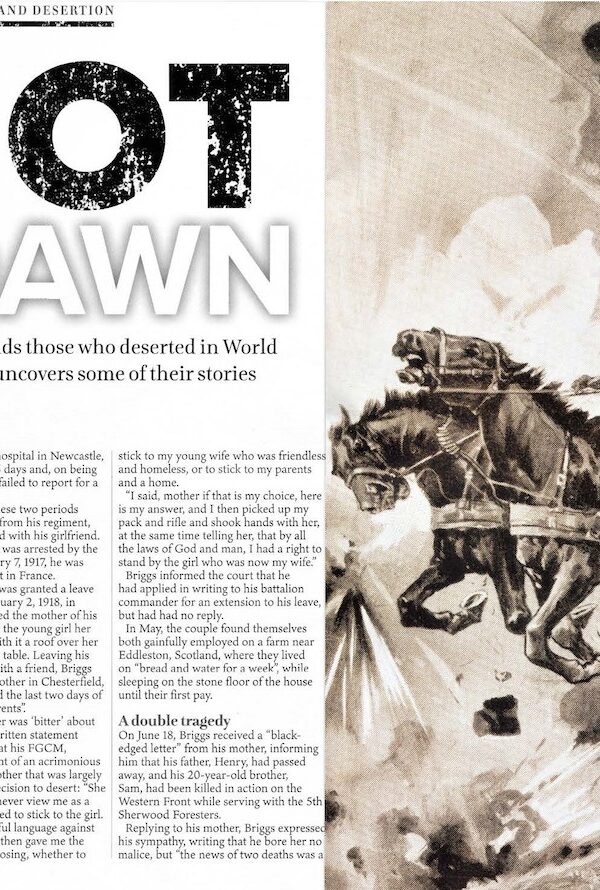
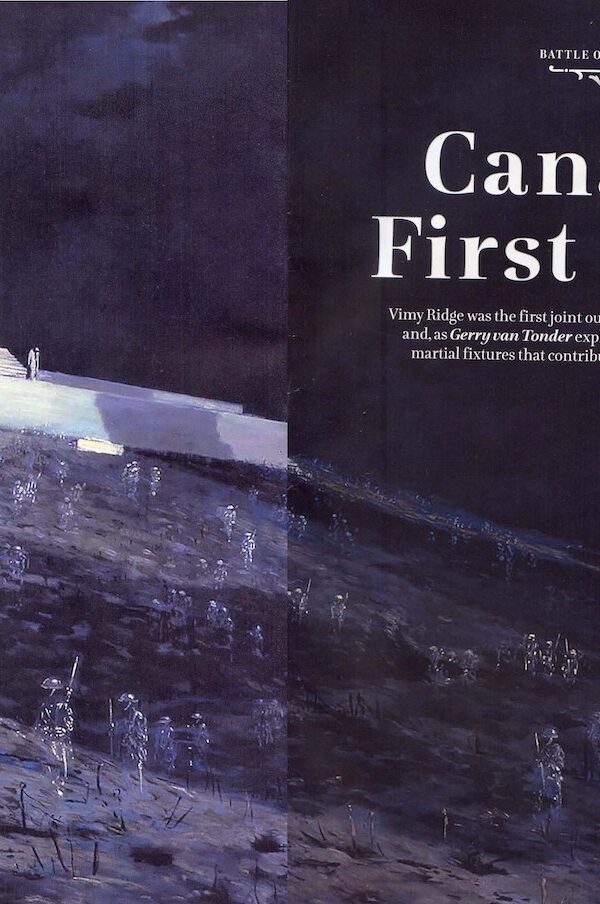
Reviews
There are no reviews yet.